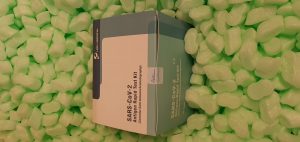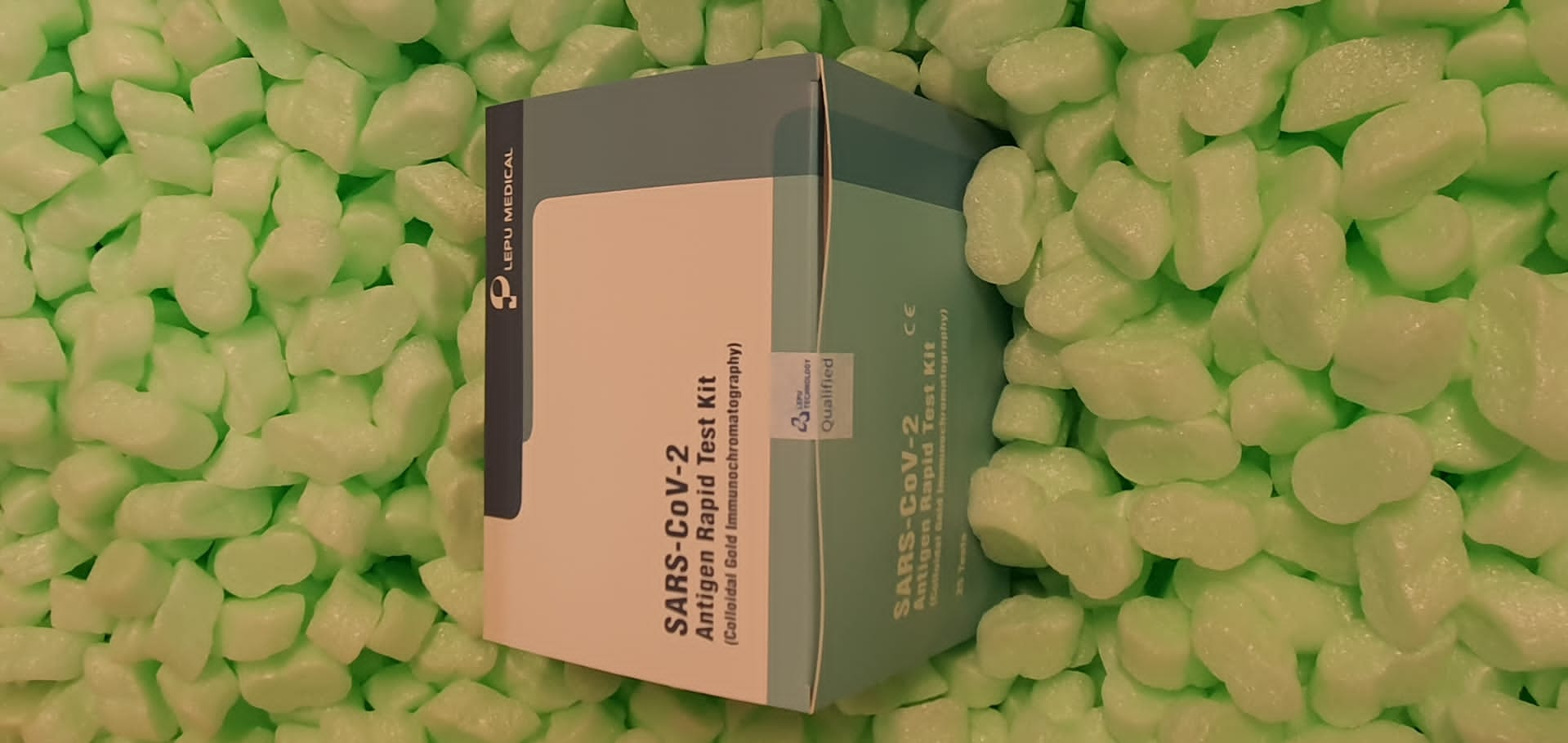Various rising carbon seize applied sciences depend upon having the ability to reliably and persistently develop carbon dioxide hydrate, notably in packed media. However, there are restricted kinetic knowledge for carbon dioxide hydrates at this size scale. In this work, carbon dioxide hydrate propagation charges and conversion have been evaluated in a excessive stress silicon microfluidic gadget. The carbon dioxide part boundary was first measured in the microfluidic gadget, which confirmed little deviation from bulk predictions. Additionally, measuring the part boundary takes on the order of hours in comparison with weeks or longer for bigger scale experimental setups.
Next, propagation charges of carbon dioxide hydrate have been measured in the channels at low subcoolings (<2 Okay from part boundary) and reasonable pressures (200-500 psi). Growth was dominated by mass switch limitations till a crucial stress was reached, and response kinetics restricted development upon additional will increase in stress. Additionally, hydrate conversion was estimated from Raman spectroscopy in the microfluidics channels. A most worth of 47% conversion was reached inside 1 h of a fixed stream experiment, almost 4% of the time required for comparable outcomes in a giant scale system. The fast response instances and excessive throughput allowed by excessive stress microfluidics present a new method for carbon dioxide gasoline hydrate to be characterised.
The proposed technique consists of picture restoration, picture segmentation, crystal measurement measurement, and measurement prediction. To cope with the consequences of noise air pollution, uneven illumination and motion blurring, the picture processing technique is performed for segmenting crystal photographs captured from the stirring reactor. Thus, the crystal measurement distribution for crystal inhabitants is obtained through the use of a chance density operate. In addition, a short-term prediction technique is given for crystal sizes. An experimental research on the cooling crystallization strategy of β-form LGA is proven to reveal the effectiveness of the proposed technique.
On the Gibbs-Thomson equation for the crystallization of confined fluids
The Gibbs-Thomson (GT) equation describes the shift of the crystallization temperature for a confined fluid with respect to the majority as a operate of pore measurement. While this century previous relation is efficiently used to research experiments, its derivations discovered in the literature typically depend on nucleation principle arguments (i.e., kinetics as an alternative of thermodynamics) or fail to state their assumptions, subsequently resulting in comparable however completely different expressions. Here, we revisit the derivation of the GT equation to make clear the system definition, corresponding thermodynamic ensemble, and assumptions made alongside the way in which.
We additionally focus on the position of the thermodynamic situations in the exterior reservoir on the ultimate end result. We then flip to numerical simulations of a mannequin system to compute independently the varied phrases getting into in the GT equation and evaluate the predictions of the latter with the melting temperatures decided beneath confinement via hyper-parallel tempering grand canonical Monte Carlo simulations. We spotlight some difficulties associated to the sampling of crystallization beneath confinement in simulations.
This strategy might, for instance, be used to analyze the nanoscale capillary freezing of ionic liquids lately noticed experimentally between the tip of an atomic drive microscope and a substrate. In this paper, a crystal picture evaluation technique is offered to measure and predict crystal sizes, primarily based on cooling crystallization of β-form L-glutamic acid (LGA) through the use of an in-situ non-invasive imaging system. Overall, regardless of its limitations, the GT equation might present an fascinating different path to predict the melting temperature in giant pores utilizing molecular simulations to judge the related portions getting into in this equation.


